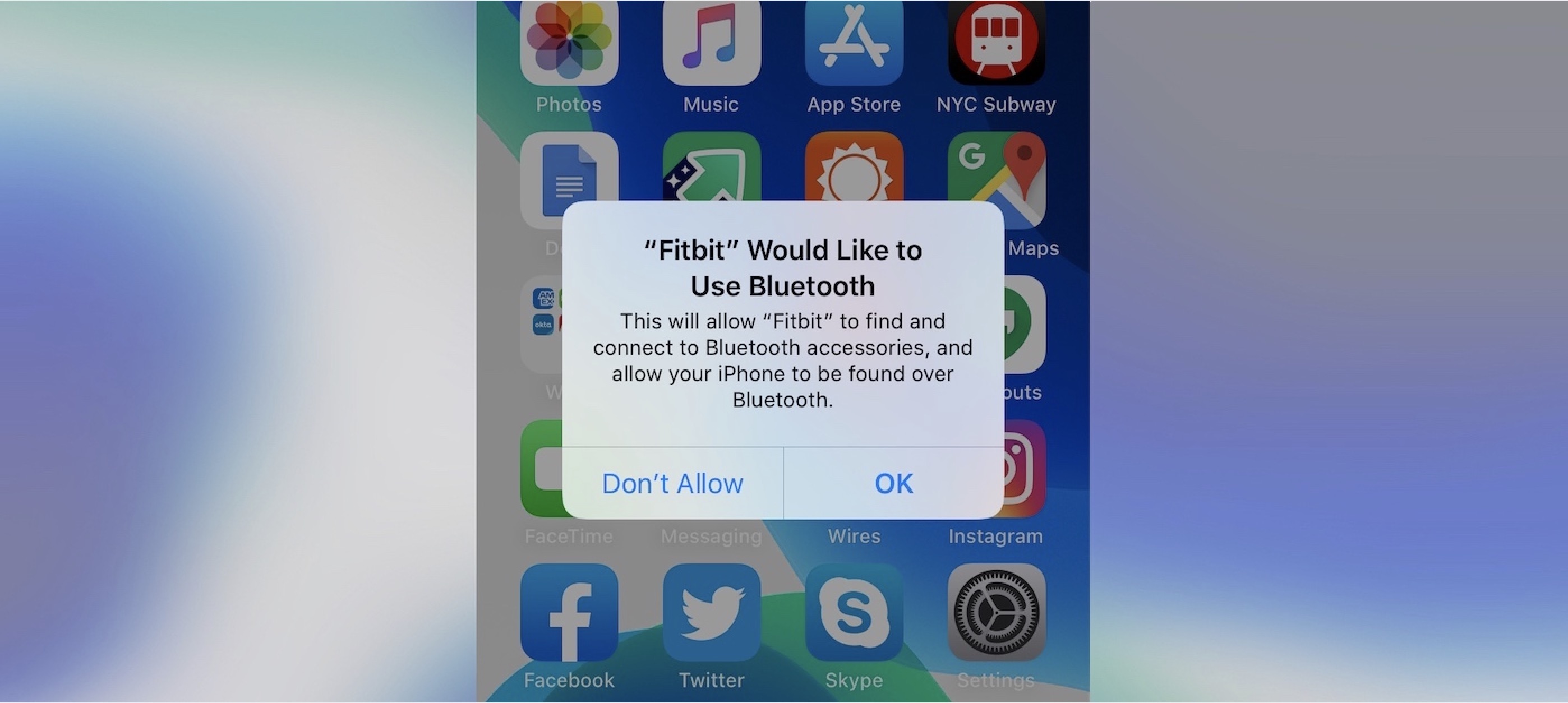As promised in the release of iOS 14 earlier this year, Apple’s self-described “nutrition labels” for privacy are now here. They are meant to provide more transparency around just what users are sharing with others. And it is going to be included with every app available on the iPhone.
Apple at first announced its plans to provide a buffet selection of privacy disclosures in this way when it previewed iOS 14 at the Worldwide Developers Conference in the month of June. By November 2020, Apple confirmed that developers will need to provide the type of information they gather by 8th December. The threat of losing the ability to add updates to various apps was a boon for a few developers to speed up the process and brings users access to a litany of information per app and also outside the Apple ecosystem.
Users get three different categories to peruse with every app: data used to track the user, data linked to the user and data not linked to the user. Also, users will find out what kind of data is being recorded that can be used to track them across the internet and on a daily basis, the data being gleaned that can be matched to the user and additional data that is not matched to the user but still being gathered.

Users will find privacy info added with app entries in the App Store app on their iOS device. The data appears around two-thirds of the way down the App Store entry, sandwiched between user ratings and additional information about the app. The data being tracked includes everything from personal information like name, address and other important identifying tidbits to location data like where the user is when they are using an app. This is the data used in a bid to improve tailor advertising and to meet other ad-related metrics. Apple has also applied the phrase “data tracking” to add sharing device information with companies that end up selling it.
Data linked to the user means anything that can be used to link user to a particular app and identify them. It includes information taken from a particular app that will allow for a user to suss out that specifically, the user is a proponent of the app. Data not linked to the user is a set of generic data that is being collected and is not being attached to the user. This might include information like browsing history or other tidbits that are not importantly tied to what the user is doing.
Apple says that labels should remain up to date and accurate with every app update and the rules go for the third-party as well as Apple’s own apps. Users can see the labels through the device they are currently using as well as at the web for making things easier.

